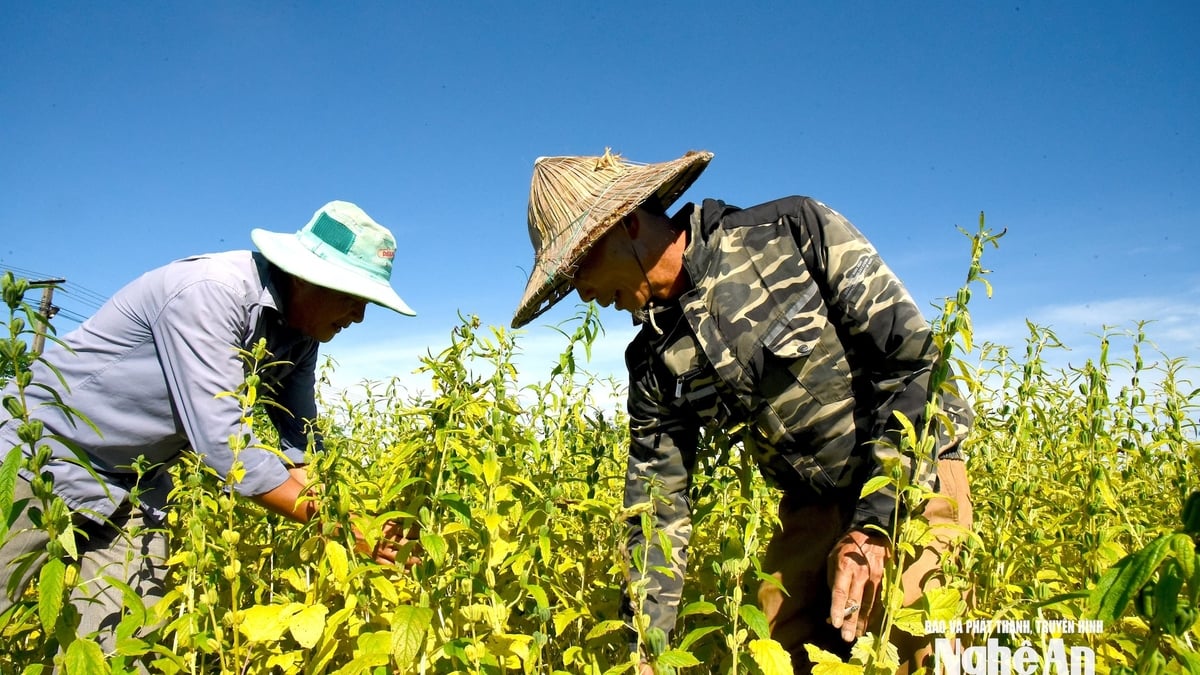The USDA said the new proposal builds on the regulatory framework FSIS issued in October 2022 to limit Salmonella contamination in the poultry supply. At the time, the agency said Salmonella in poultry is a complex problem that cannot be solved with a single solution. Accordingly, producers are required to test poultry flocks to avoid introducing the pathogen into livestock farms. FSIS also proposed implementing verification procedures, including sampling and testing before breading and other stuffing, to ensure that production facilities control Salmonella in these products.
“USDA is taking decisive, science- based action to reduce illnesses caused by Salmonella in poultry products,” said Secretary Tom Vilsack. “This proposal is the first step in a larger effort to control Salmonella contamination in all poultry products and continues our commitment to protecting American consumers from foodborne illness.”
Under the proposal, any breaded raw chicken product that tests positive for Salmonella at a level of 1 colony-forming unit (a measure of the number of bacteria in a test sample) per gram prior to breading would be considered contaminated and would not be allowed for sale. Companies whose products are found to contain the bacteria would be required to recall them.
According to FSIS, raw breaded chicken products may appear to be cooked before freezing. However, they are actually only heat-treated and must be thoroughly cooked before consumption. These products are often cooked by consumers from a frozen state, which increases the risk that the temperature is not high enough to kill Salmonella. It is also difficult for consumers to determine the exact temperature required to cook the products because they are packed with other ingredients such as raw vegetables, butter, cheese, or meats such as ham. The internal temperature required to kill the bacteria is 165 degrees Fahrenheit.
Labeling has also been implicated as an indirect cause of Salmonella outbreaks. Data collected from outbreaks and FSIS consumer research indicate that some consumers were unaware that these products contained raw chicken because the outside of the products were brown, leading them to believe that the product was cooked and ready to eat or that the inside did not need to be cooked to the required temperature.
According to the Centers for Disease Control and Prevention (CDC), about 1.35 million people in the United States get sick from Salmonella each year, and nearly a quarter of those illnesses are caused by eating poultry. The USDA says Salmonella infections cost $4.1 billion a year. The FSIS says it is making this recommendation because there have been 14 outbreaks with about 200 illnesses linked to Salmonella in these products since 1998. The most recent outbreak was in 2021 with 11 illnesses.
According to the CDC, Salmonella causes more foodborne illnesses than any other bacteria. It’s a big problem with all chicken products, not just breaded ones. The CDC says that 1 in 25 packages of chicken at grocery stores is contaminated with the bacteria.
Symptoms of Salmonella infection include: Diarrhea, fever, and stomach cramps. These symptoms can begin within hours or days of eating contaminated food. Although most people recover with treatment, experts recommend seeking medical attention if symptoms are more severe or do not improve after a few days or if there are signs of dehydration.
The National Poultry Council, which represents the U.S. broiler industry, expressed “deep concern” about the new proposal, saying it was not based on science or data. National Poultry Council President Mike Brown said the organization and its member companies have spent millions of dollars to reduce bacteria to protect public health. “These efforts have paid off, with a significant reduction in human illness over the past seven years,” Brown said.
The panel also said it has twice petitioned the USDA for stricter labeling standards to ensure consumers know how to prepare products safely, but has received no response. Brown also expressed concern that the new proposal could force processing plants to close, drive smaller companies out of the market and take food off shelves without improving public health.
Meanwhile, Consumer Reports, a consumer advocacy group, called the proposal “an important first step.” A 2022 Consumer Reports investigation of ground chicken found that one-third of samples were contaminated with Salmonella, and all strains were resistant to at least one antibiotic.
Consumer Reports has asked the USDA to set more aggressive targets and wants the agency to have more authority to inspect poultry plants and be able to shut down facilities immediately if tests show high rates of Salmonella.
TRAN HOAI (According to CNN)
Source





























![[Photo] National Assembly Chairman attends the seminar "Building and operating an international financial center and recommendations for Vietnam"](https://vphoto.vietnam.vn/thumb/1200x675/vietnam/resource/IMAGE/2025/7/28/76393436936e457db31ec84433289f72)







































































Comment (0)